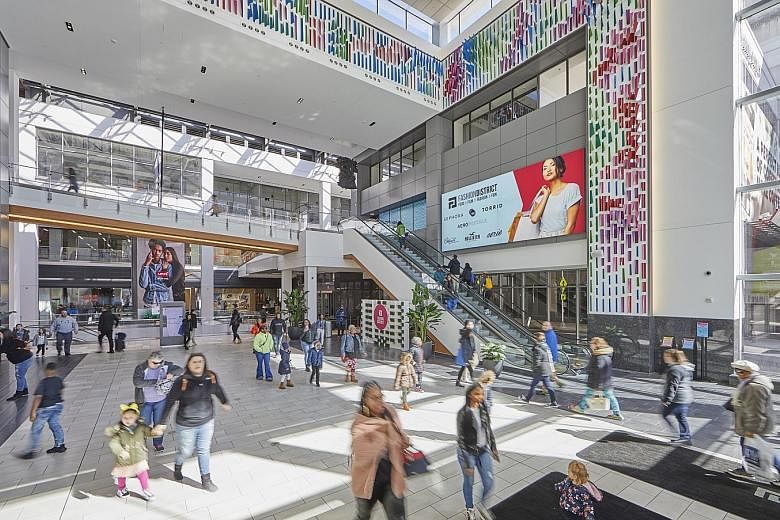The pandemic is changing how shopping malls are built, in perhaps the most disruptive retail environment in modern times.
Developers have replaced the vacant big units with a mix of retail, dining, entertainment, fitness, co-working and healthcare options. They have also added apartments, hotels and offices to the properties - often to make better use of vacant parking lots and create built-in traffic generators - and they are beginning to create distribution and self-storage hubs at malls as more people purchase their goods online.
Already a subscriber? Log in
Read the full story and more at $9.90/month
Get exclusive reports and insights with more than 500 subscriber-only articles every month
ST One Digital
$9.90/month
No contract
ST app access on 1 mobile device
Unlock these benefits
All subscriber-only content on ST app and straitstimes.com
Easy access any time via ST app on 1 mobile device
E-paper with 2-week archive so you won't miss out on content that matters to you

